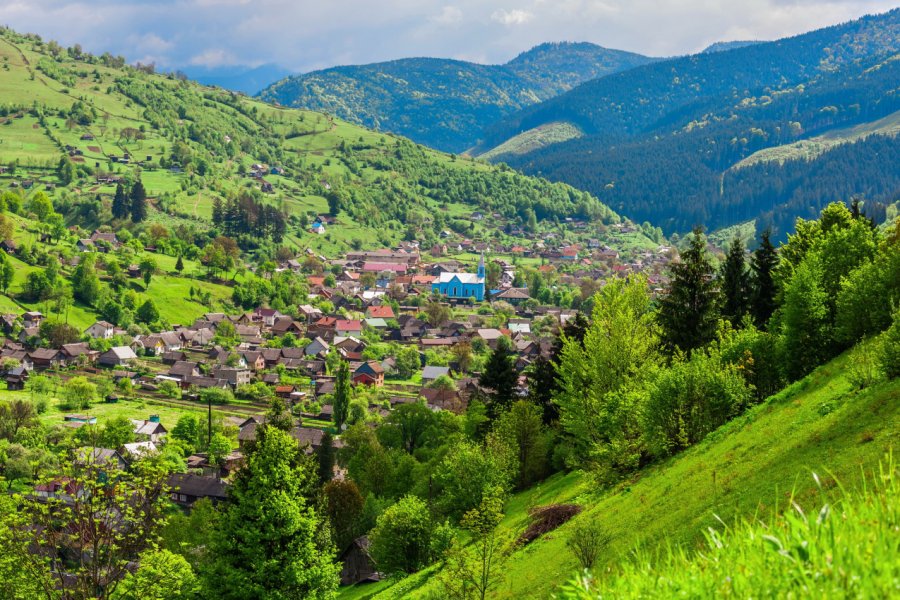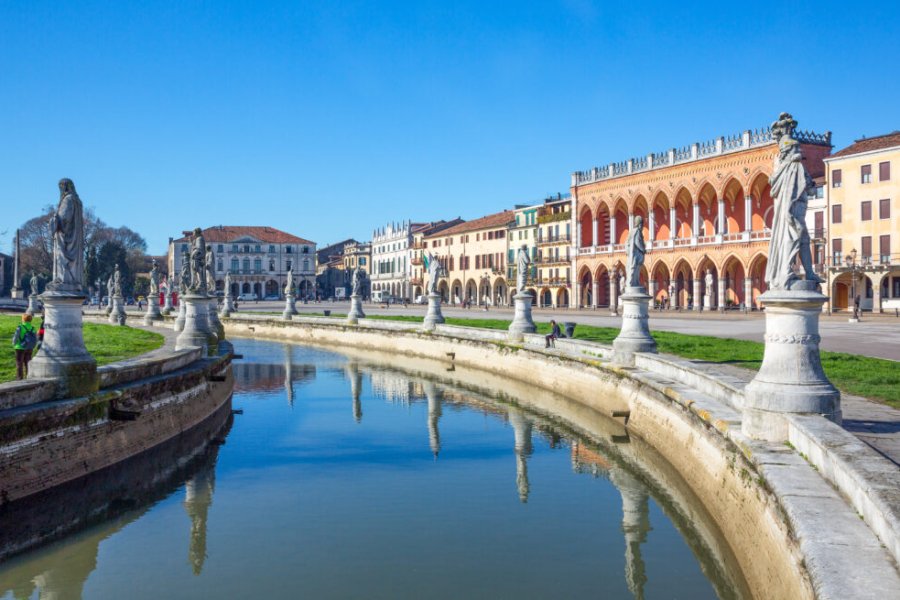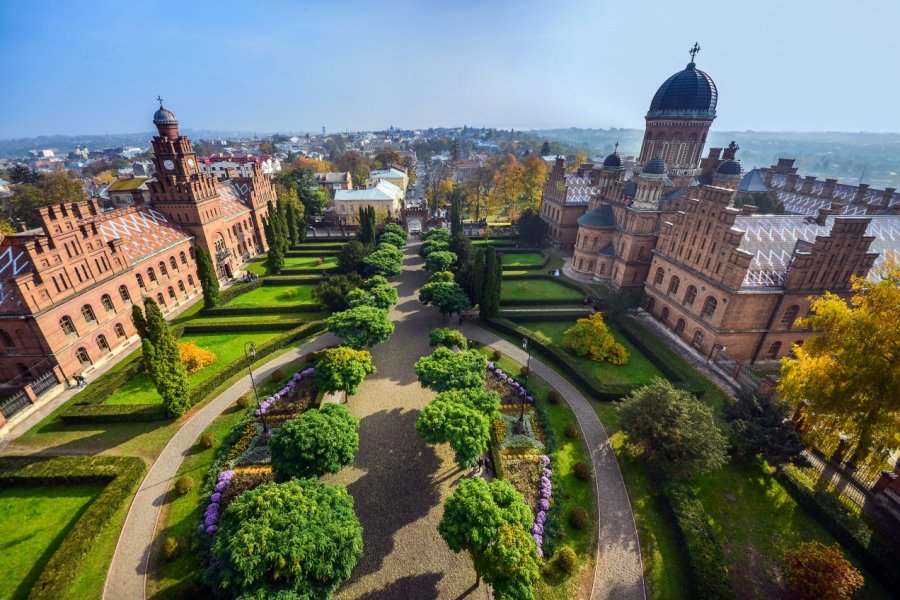Travel Guide Tchernivtsi (Чернівці)
Find an accommodation
Advertising
Located in the centre of the Bucovine, a region on Romania and the Bucovine, along the Prut, Chernivsti is an amazing city. With a turbulent history, it has integrated many influences and now has a hundred nationalities, including Russians, Jews, Poles and Romanians. Chernivsti originates from a Galician fortress named Tchern («black») because of its walls in oak branches and the rich - black - land that surrounds it. Destroyed by the Mongols in 1259, this site goes to the hands of the Moldovans who make it a crossroads of exchange with Turkey, the Balkans and the whole of northwestern Europe. In 1457, Chernivsti became the administrative centre for the entire region. But, after this fruitful digression, the town is invaded by the Ottomans and then by the Austrians, who attach it to their empire in 1774. Under their domination, Chernivsti transforms into a very nice town, with straight streets and égayées from a border of delightful colourful buildings. It will then grow as it becomes the third largest city in the Austro-Hungarian Empire, after Vienna and Prague. It was at this time that the Czech architect Joseph Havka, the Viennese architects Felmer and Helmer, as well as some other architects of Mitteleuropa, built a magnificent building for the residence of Metropolitans's Metropolitans and which from 1875 will host a large university. We understand why Chernivsti was nicknamed Little Vienna. The university will become a hotbed of intellectual discontent in the th century. During the First World War, Chernivsti passed under Romanian control until 1940, before being annexed by the USSR in 1940. Highly influenced culturally, historically and socially by its past linked to Mitteleuropa, Chernivsti has never really joined the USSR. It is very significant that, in the dismantling of the USSR, this city was one of the first to get rid of its cumbersome statues of Lenin and turned to Europe to develop its trade. Another of its particularities is to have sheltered a very important Jewish community that was decimated during the war. Also, of the 50 000 Jews who lived in the city in 1941, it remained only 20 000 after the war. The south of the city is cosmopolitan: many streets have the names of German, Austrian or Jewish artists. Turetska Street, with its bridge and well, recalls the influence of the Turks on the history and architecture of the city. Paul That, a French naturalized poet, was born in Chernivsti.
What to visit Tchernivtsi (Чернівці)?
Advertising
Suggested addresses Tchernivtsi (Чернівці)
Weather at the moment
Advertising
Organize your trip with our partners Tchernivtsi (Чернівці)
Transportation
Book your plane tickets
Car Rental
Boat rental
Accommodation & stays
Find a hotel
Holiday rental
Find your campsite
Tailor-made trip
Immersion travel
Services / On site
Activities & visits
Find a doctor












